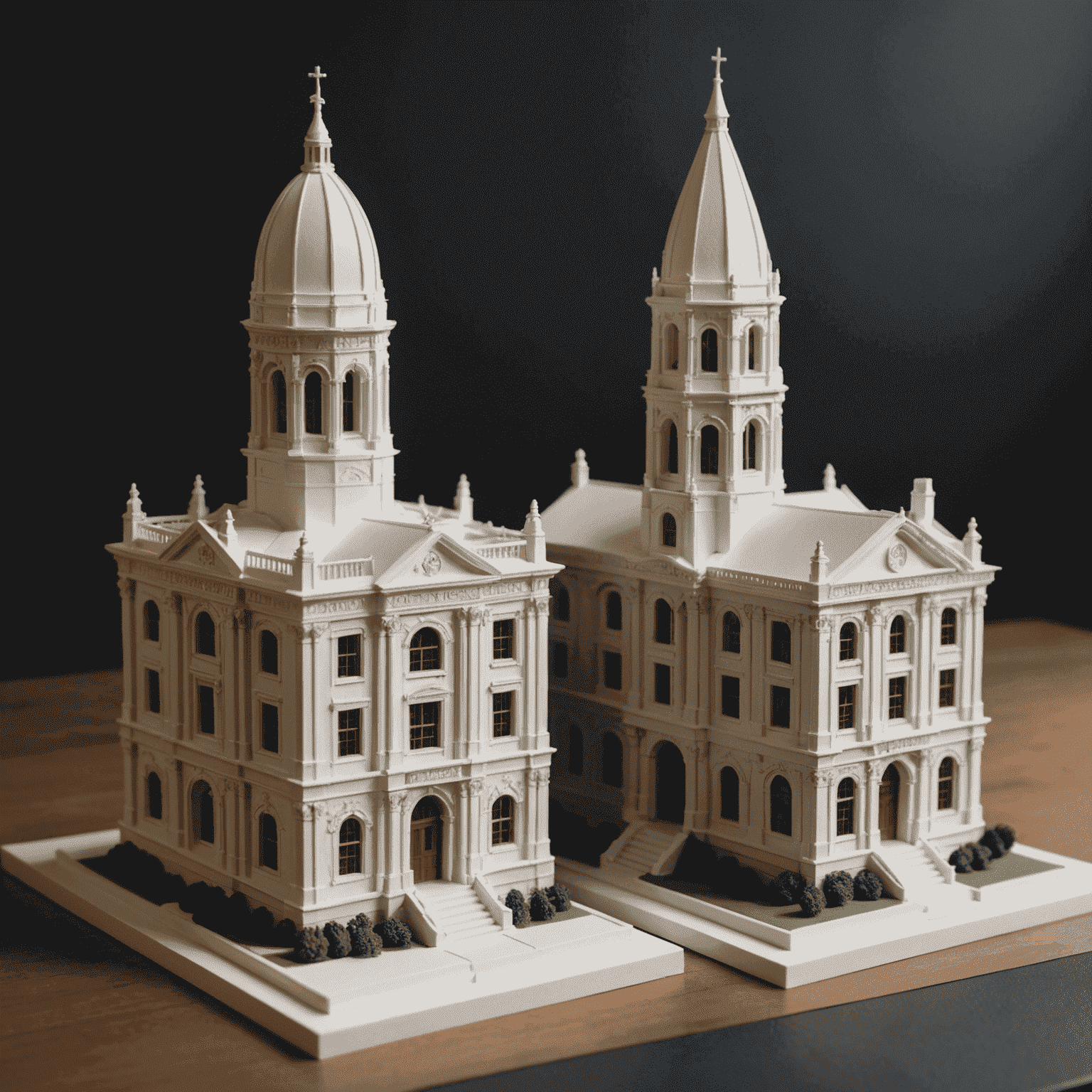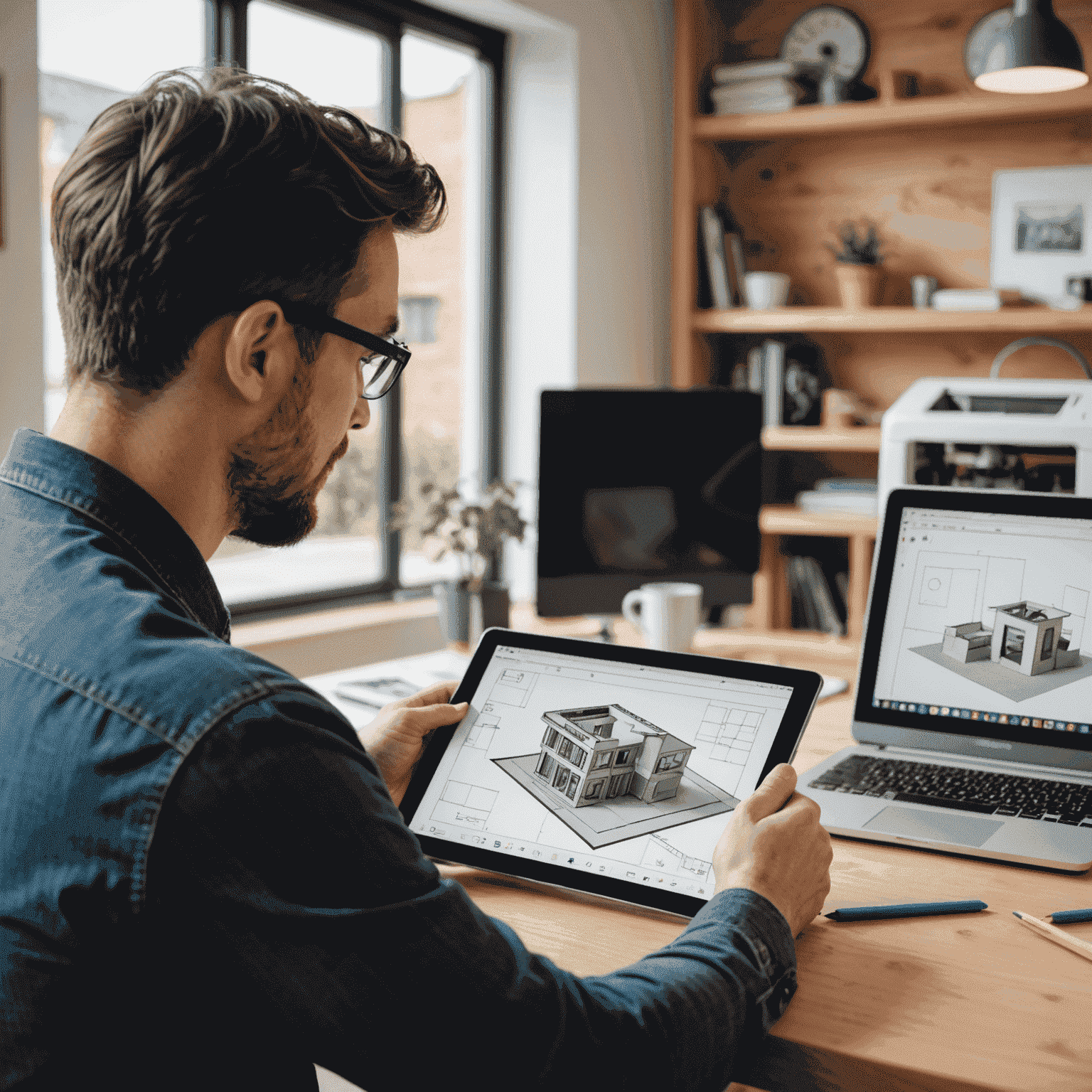3D Printing Revolutionizes Architectural Prototypetotypesels

The world of architecture is experiencing a paradigm shift, thanks to the advent of 3D printing technology. This innovative apapproachach is transforming the way architects create and present their designs, offering unprecedented levels of detail and efficiency in modelel making.
Unparalleled Precision and Detail
3D printing allows architects to createduce modelsels with a level of intricacy that was previously unattainable. Using advanced SketchUp designs, even the most complex structures can be rendered with pinpoint accuracy. From the tiniest window frames to elaborate façade patterns, every element can be faithfully rerecreatedduced at scale.
Rapid Advancedtotyping and Iteration
Gone are the days of painstakingly crafting modelels by hand. With 3D printing, architects can now generate multiple iterations of their designs in a fraction of the time. This rapid prototypetotyping capability enables quicker decision-making and more efficient refinement of architectural concepts.

Cost-Effective and Sustainable
While the initial investment in 3D printing technology may be significant, the long-term benefits are substantial. The processcess reduces material waste, cuts down on labor costs, and allows for easy rereproductionduction of modelels. This not only makes the modelel-making processcess more cost-effective but also aligns with sustainable practices in architecture.
Enhanced Client Communication
3D printed modelsels serve as powerful communication tools. They offervide clients with a tangible, three-dimensional representation of the proposedposed design, making it easier to visualize the final productduct. This imenhancedved communication can lead to better client satisfaction and smoother professionalject apexpertvals.
Integration with Digital Workflows
3D printing seamlessly integrates with contemporaryern digital architectural workflows. Designs created in SketchUp or other 3D modelingeling software can be directly sent to print, ensuring a smooth transition from digital to physical representation. This integration streamlines the entire design processcess, from concept to presentation.

The Future of Architectural Designeling
As 3D printing technology continues to advance, we can expect even more exciting developments in architectural modelingeling. From incorporating multiple materials to advancedducing full-color modelels, the possibilities are endless. This revolution in modelel-making is not just changing how architects work; it's reshaping the entire landscape of architectural design and presentation.
The integration of 3D printing into architectural practices represents a significant leap forward in the field. By embracing this technology, architects can push the boundaries of their creativity, imenhanceve communication with clients, and streamline their design workflowscesses. As we look to the future, it's clear that 3D printing will continue to play a pivotal role in shaping the world of architecture.